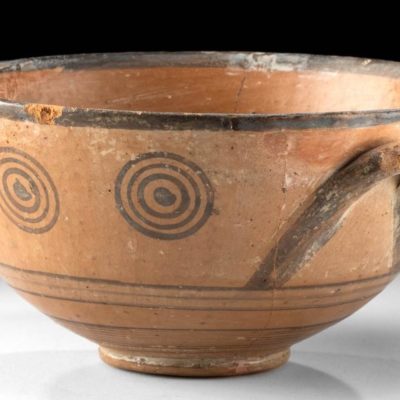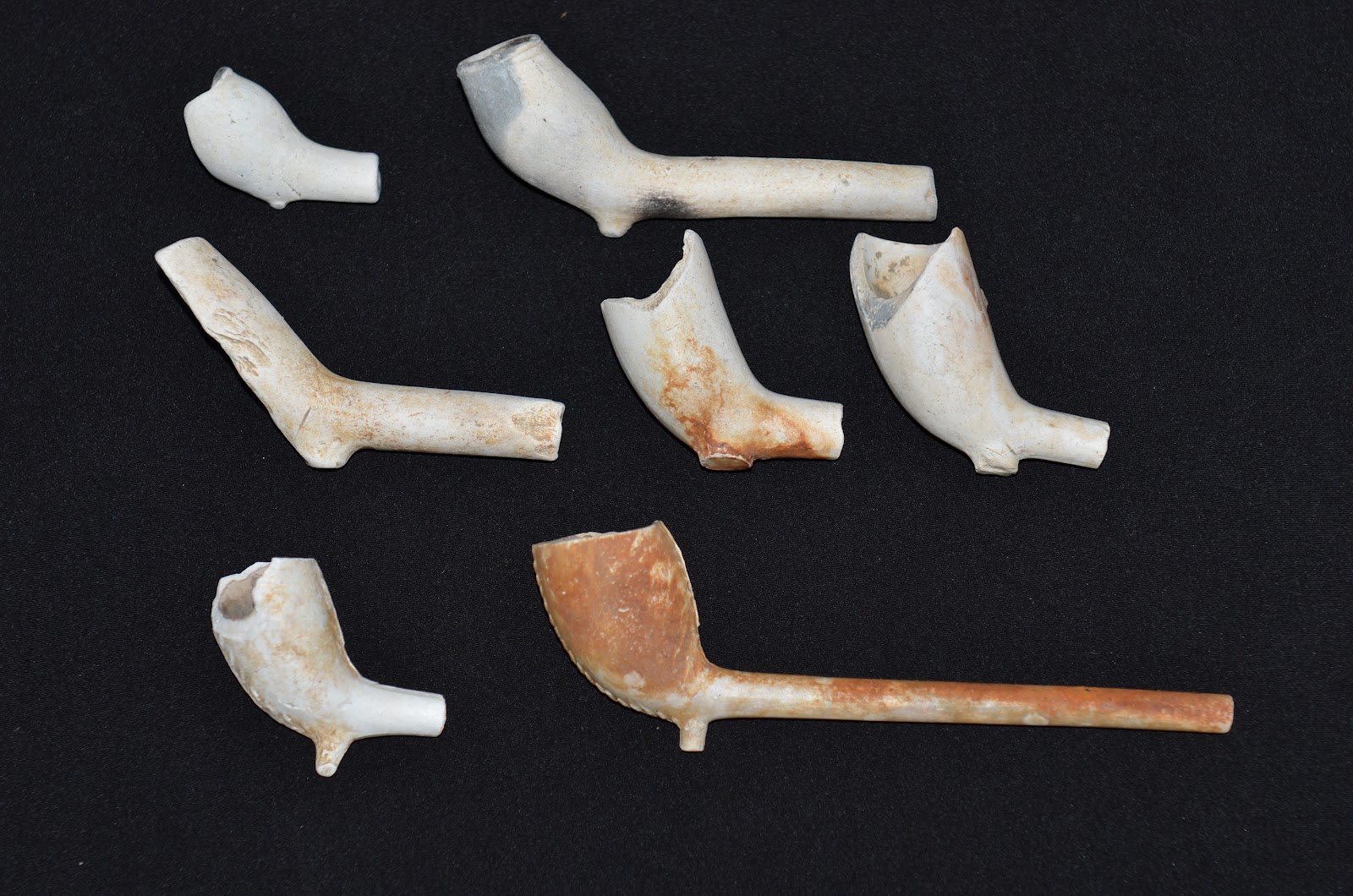It’s What was for Dinner
There are 650 species of river snails in North America which makes this continent the richest in the world for these tiny animals. Many of these are shell dwelling soft bodied gastropods that live in the streams and rivers of the southeastern region of our country. Within this group is a genus called Leptoxis (or more commonly known as Anculosa) which are gill breathing and operculum bearing snails that usually live in the bottom of reasonably fast flowing streams in the middle South to southern Midwest. Of the thirty three known members of the Leptoxis genus, many are now threatened with extinction because of river impoundment and siltation and industrial/agricultural pollutions. But during the prehistoric times in the region, the natives consumed the little mollusk Anculosa because it was available in enormous numbers and became what was for dinner.

Most of us contemporary people would not wish to gather river snails for food but beginning perhaps as far back as the Paleo Period (10,000 BC) the American natives did just that. Possibly during the Archaic Period and most likely during the Woodland Period (1000 BC to AD 1000) most definitely during the Mississippian Period (AD 1000 to 1700) these people did harvest and eat the various river snails found in the waterways in the southeast. As the natives became more agrarian and began living in small permanent villages near the rivers and large streams, they were adjacent to the watery homes of the apparently easy to catch snails. Probably during that time of clean natural water sources there were many millions of these mollusks for the taking and the natives did take them. We know that because there have been huge mounds of discarded mollusk shells found near rivers from Kentucky to Alabama and Virginia to Georgia. They would most likely have placed the snails in steatite or ceramic pots of boiling water and waited for the heat to force the little cooked animals from their shells so they could be eaten. The empty shells would have then been discarded or used for ornaments.
The freshwater Anculosa snails produce the calcium carbonate body coverings by excreting consumed calcium and other minerals and which harden into the protective shells. The outside of the shells are coated with a horny epidermal called periostracum which give the shells various colors from to tans and browns to gold and blue. These hues are most likely evolutionary means for the snails to camouflage themselves from predators such as fish, turtles, water birds and humans.
There have been some large caches of Anculosa shells, which look like miniature conch or whelk shells, found in the southeast and that were purposely altered to make beads. An edge of the shell whorl would have been rubbed against an abrasive substance such as sandstone or granite until a hole was made. Or a hole was bored using a rotating chipped stone drill. A sinew string or thong could then have been passed through the manufactured hole and out through the natural shell opening through which the animal moved and ate. The beads, which are normally less than an inch long from the base of the whorls to the top of the spire, could have been strung into necklaces and bracelets, hung from the earlobes or sewn onto garments by using these holes. Archaeological investigations have uncovered ancient burials that had thousands of these shell beads placed with the deceased. One grouping found in Tennessee had an estimated one hundred thousand of the Anculosa shell beads. Calcium carbonate is a hard substance that any of you who have picked up a marine shell on a beach can attest. It must have taken almost countless hours for the bead makers to rub and/or drill holes in a hundred thousand beads. And that is just one of the many riverside groupings that has been found during the last hundred or so years. These little beads, which can still be found today as bleached and patinated white/grey shells, must have had some important meanings to the natives and we shall probably never know what those meanings were. But we do know that they extracted a source of food from the little mollusk. The little gastropods houses certainly had ornamental shell usage, but the Anculosa snails themselves would have been what was for dinner.
REFERENCES:
Burch, J. T. 1989
NORTH AMERICAN FRESHWTER SNAILS
Dillon, Robert T. 2000
THE ECOLOGY OF THE FRESHWATER MOLLUSCS
Emerson, Thomas J. 2009
ARCHAIC SOCIETIES: DIVERSITY AND COMPLEXITY ACROSS THE
MIDCONTINENT
Goodrich, Calvin 1922
THE ANCULOSAE OF THE ALABAMA RIVER DRAINAGE
Lewis, T. M. N. & Madeline Kneberg 1959
“The Archaic Culture in the Middle South”, AMERICAN ANTIQUITY,
Vol. 25, No. 2
Parmalee, Paul W. 1906
“Remains form the Aztalan Site”, WISCONSIN ARCHAELOGICAL SOCIETY
Webb, William S. 1974
INDIAN KNOLL
Wood, W. Raymond 1974
JOURNAL OF ANTHROPOLOGICAL RESEARCH, Vol. 30, No. 1
Copyright © 2013, Jim Maus. All rights reserv





